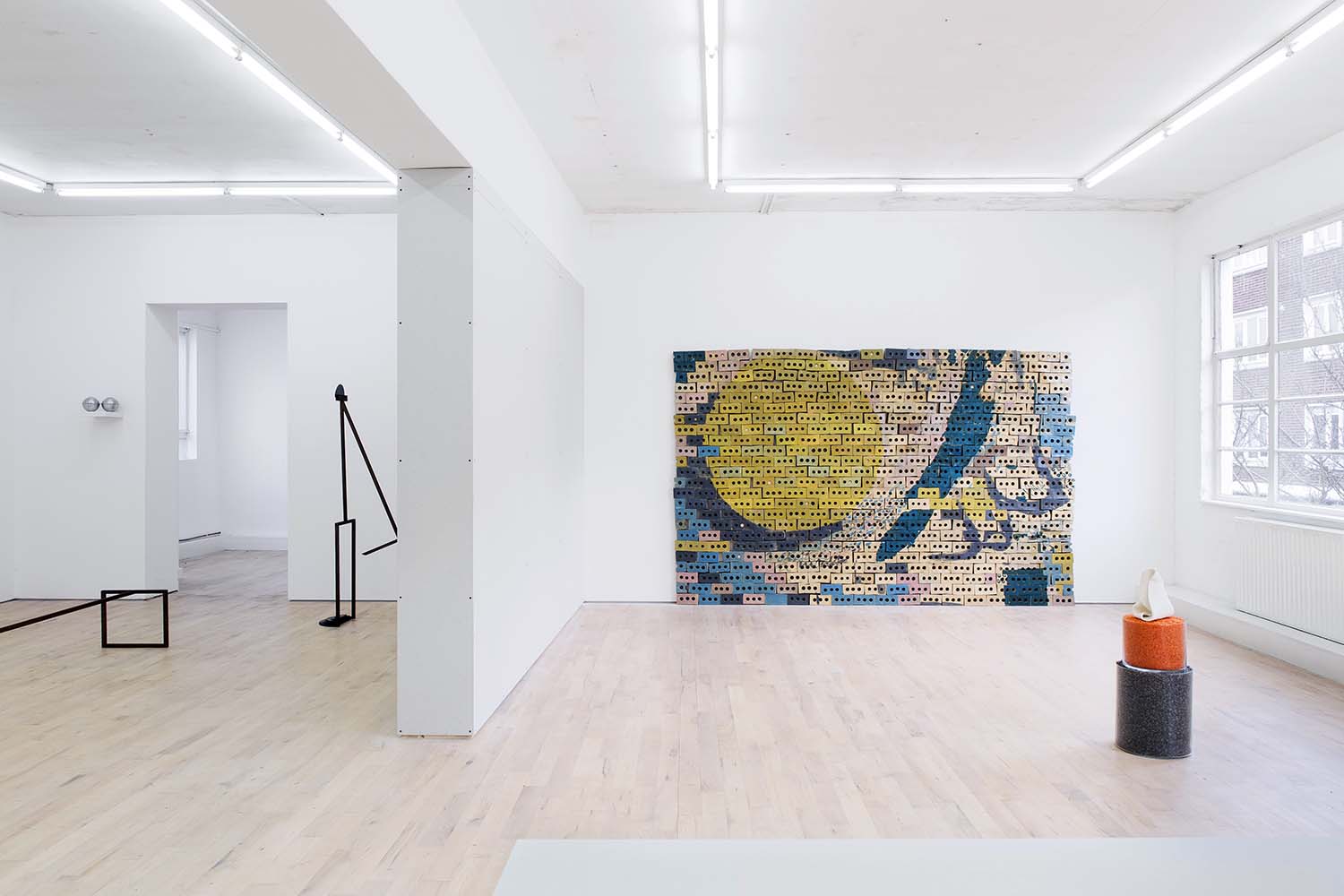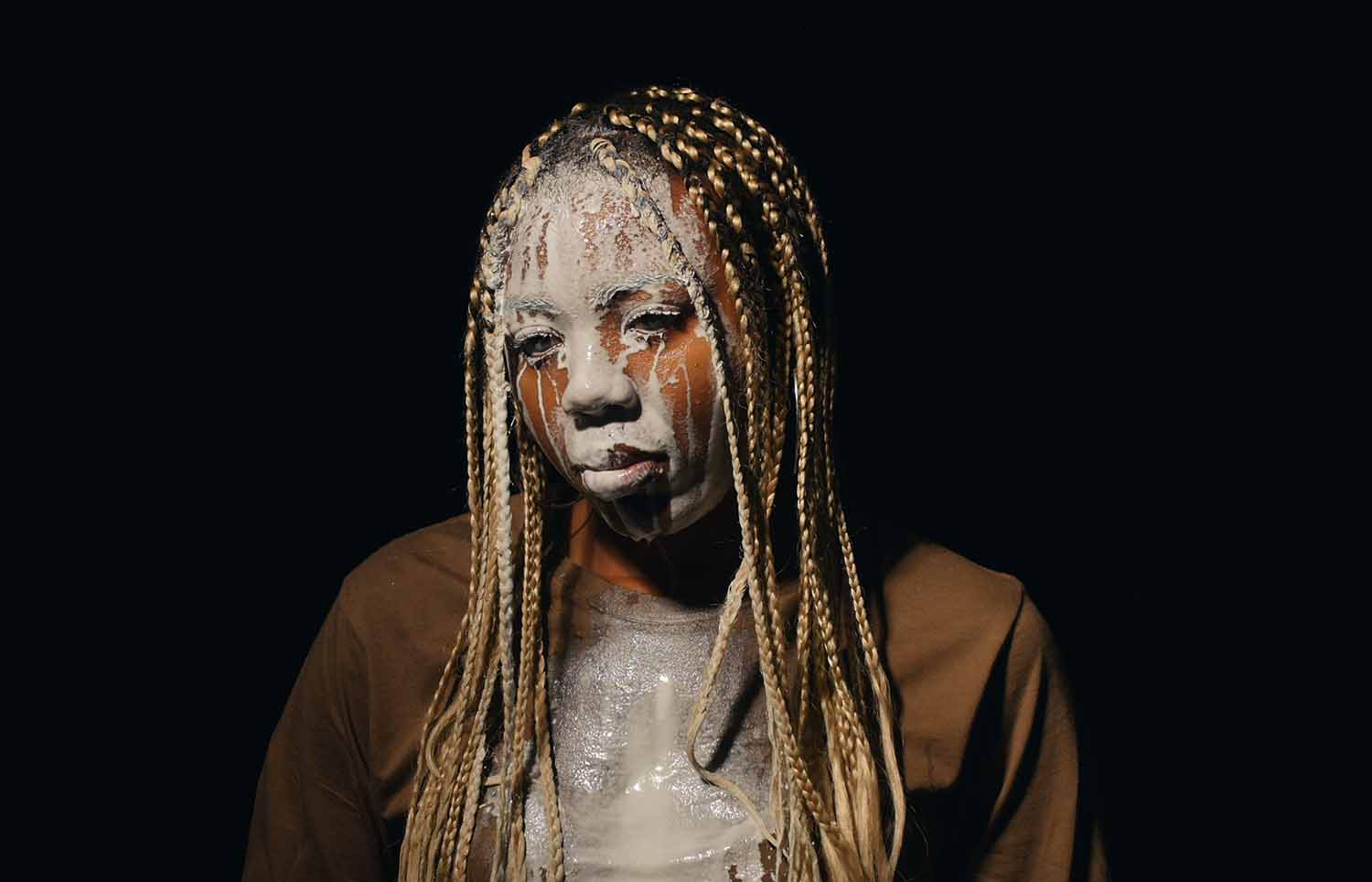Shahin Afrassiabi’s Theory of Life coordinates new forms of encounter with modernity’s protocols of reproduction. The exhibition presents a sculpture, photographic print and a series of twelve constructions – the latter comprising the most recent variations within his series entitled Snow White. Adopting its title from the brand name of a common manufactured white card, itself alluding to an allegorical figure of beauty in a state of suspended animation, this area of the artist’s practice resurrects referential characteristics embedded in materials whose evacuation of external content is more partial than it first appears.
Afrassiabi’s assemblages are resolutely sparing in their articulations. In the majority, pine, filler, the series’ identifying card stock, and wooden dowels conjoin in planar arrangements bearing literal and aesthetic affinities to the gallery’s existing structures. Sparsely accented with bands, curves, or splashes of white emulsion complemented with occasional passages of asymmetric geometrics rendered loosely in thread, acrylic and graphite, the wall pieces invoke the hidden armatures and blanched surfaces behind them. Splayed between these, the exhibition’s sole sculpture proposes an ambivalent relation between labor and leisure in its twinned allusions to the skeleton of a Le Corbusier daybed and the gallery’s work desk. As in the constructions, the systematised constellation of positive and negative elements, reductive palette of primary colors, and the untethering of machined objects from their usual stations mark an explicit allegiance to De Stijl and Purist principles – spotlighting the long-standing historical determination of cross-disciplinary aesthetic developments.
The exhibition’s lone photograph may be its cynosure. Indexing an instance in which Google Street View fails to weave data into a seamless illusion, Call (2012) comprises a screen-capture of a woman engrossed in a phone conversation as she strides towards a city intersection, her slender legs seemingly shorn from her torso by the abstract force of an algorithmic error. Rendered from a photograph that bears traces of dust on a laptop monitor, the work’s asperities produce a reflexive framing of its own construction – an aggregate of mutually-deforming digital and analogue mediations. In its form and content, this pedestrian image witnesses the adamant logic of the post-war urban grid sway in the informalised flow of the contemporary, a space where the dérive is not an intervention but a way of life.


